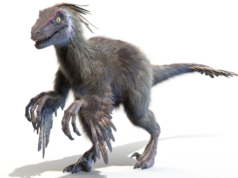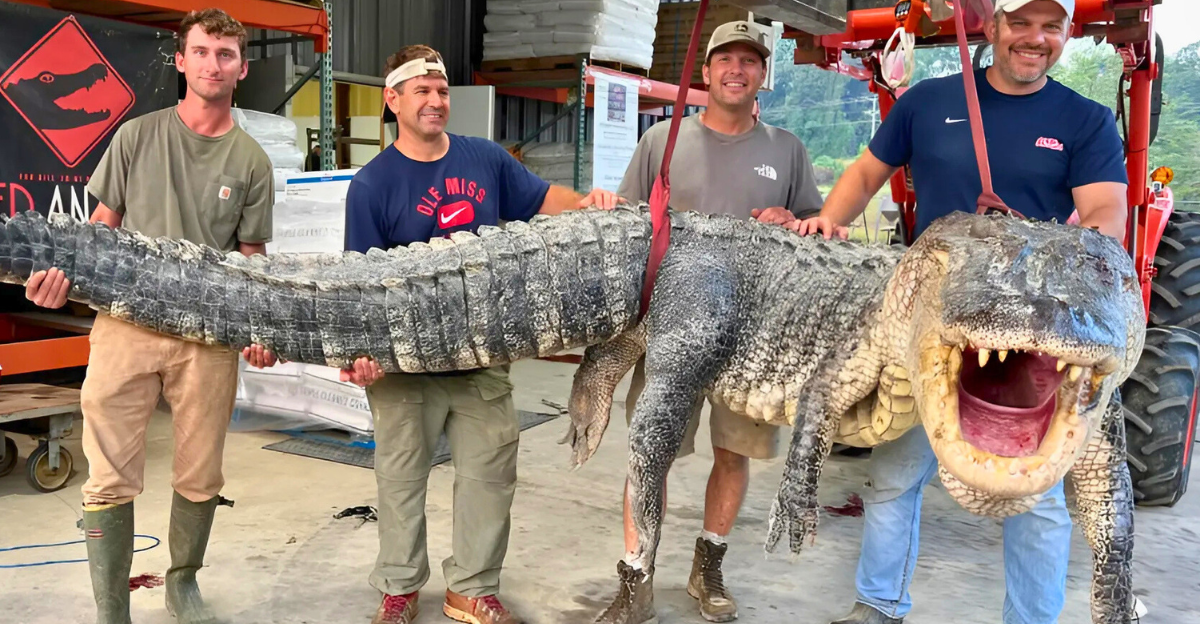
In a groundbreaking experiment, marine biologists have submerged alligator carcasses into the Gulf of Mexico to investigate the deep-sea ecosystem’s response to such an unusual food source. This study aims to shed light on the behaviors and interactions of deep-sea scavengers when presented with a substantial and atypical meal. The findings have provided remarkable insights into the adaptability and diversity of life in the ocean’s depths.
Giant Eating Alligators
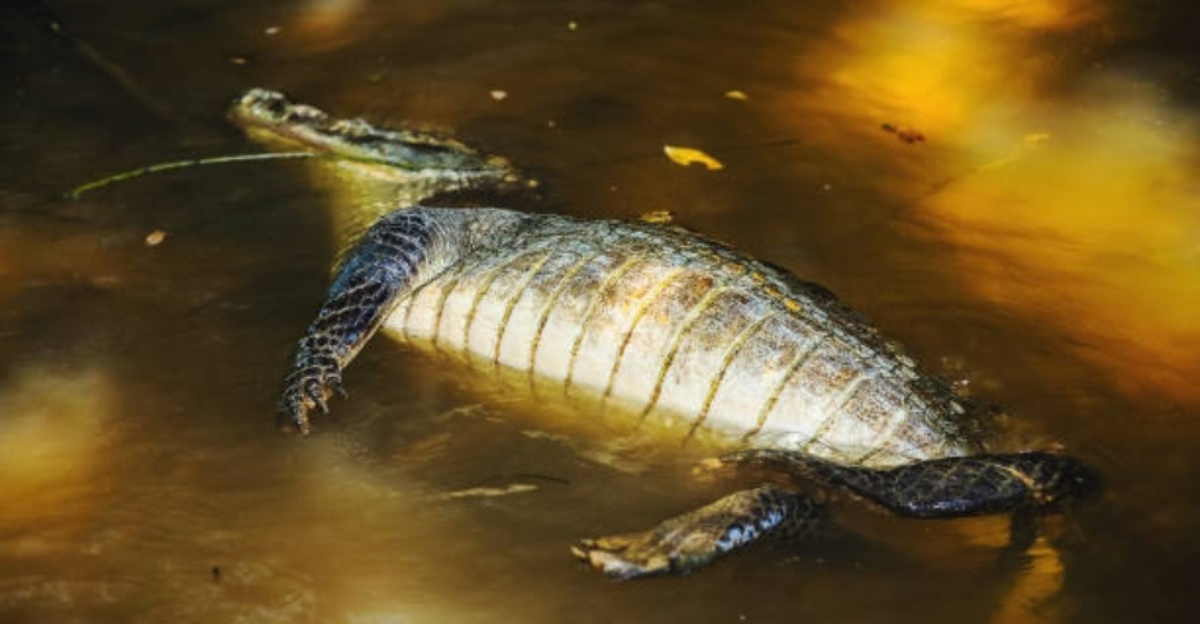
The research team, led by scientists from the Louisiana Universities Marine Consortium (LUMCON), sought to understand how large land-based animals contribute to the deep-sea food web. Alligators, native to coastal regions, occasionally end up in the ocean due to storms or other natural events. By introducing alligator carcasses to the seafloor, researchers aimed to observe the succession of scavengers and decomposers that utilize such resources.
The Experiment: Sinking Alligators to the Abyss
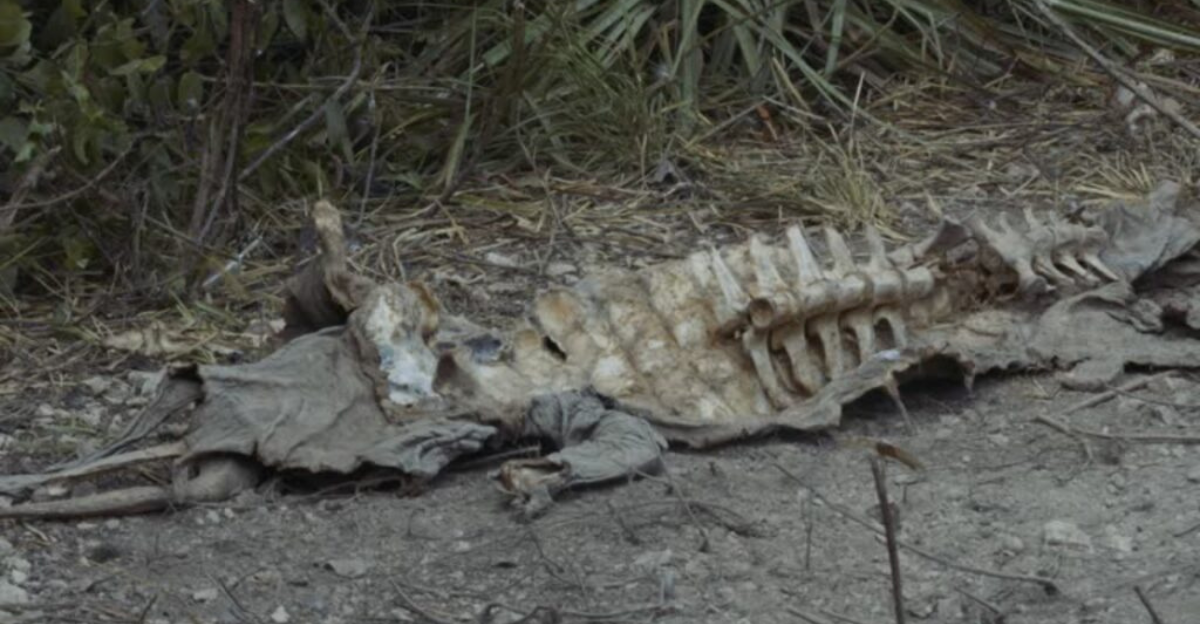
In early 2019, the team deployed three alligator carcasses at depths of approximately 2,000 meters (6,560 feet) in the Gulf of Mexico. The carcasses were carefully placed to monitor the deep-sea organisms’ responses over time. This approach allowed scientists to document the sequence of scavenger arrivals and the rate of decomposition in a controlled setting.
Devouring Devastation
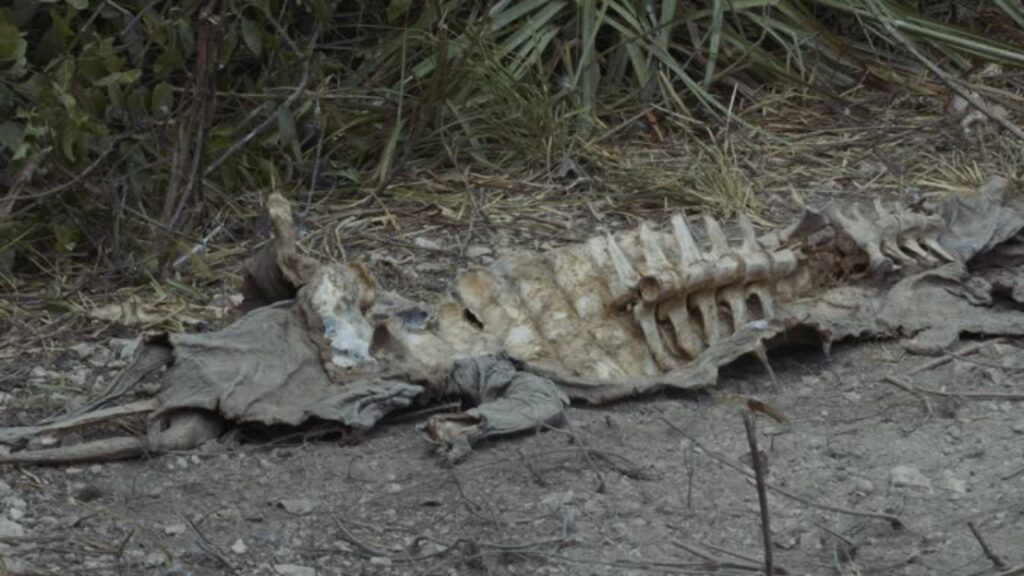
Within 24 hours, the first carcass attracted a swarm of giant isopods (Bathynomus giganteus), resembling oversized pill bugs, measuring up to 30 centimeters (12 inches) in length. These scavengers quickly penetrated the tough hide and began consuming the soft tissues from the inside out. The rapidity of their response highlighted the efficiency of deep-sea scavengers in locating and exploiting food sources.
A Favorite Meal
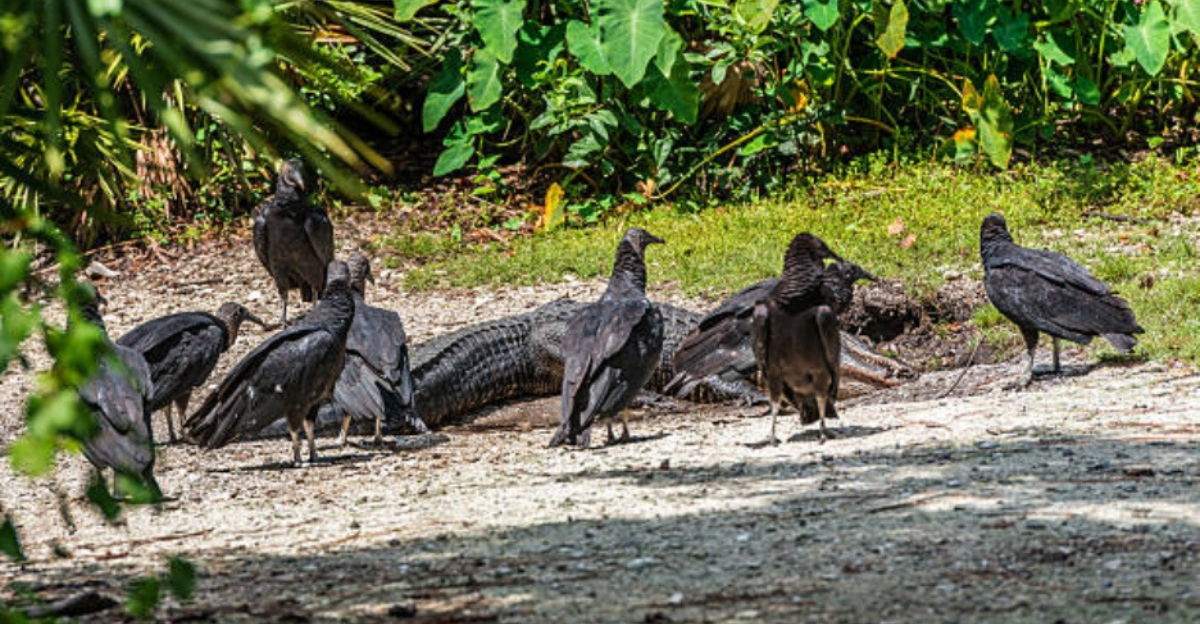
The second carcass, placed approximately 100 kilometers (62 miles) away from the first, experienced a different fate. Over 51 days, it was almost entirely consumed, leaving behind only the skull, spine, and the anchoring equipment. This carcass became the site of a significant discovery: a new species of bone-eating worm belonging to the Osedax genus. These worms, colloquially known as “zombie worms,” specialize in breaking down bones, extracting nutrients through symbiotic relationships with bacteria.
Discovering a New Species: The Bone-Eating Worms
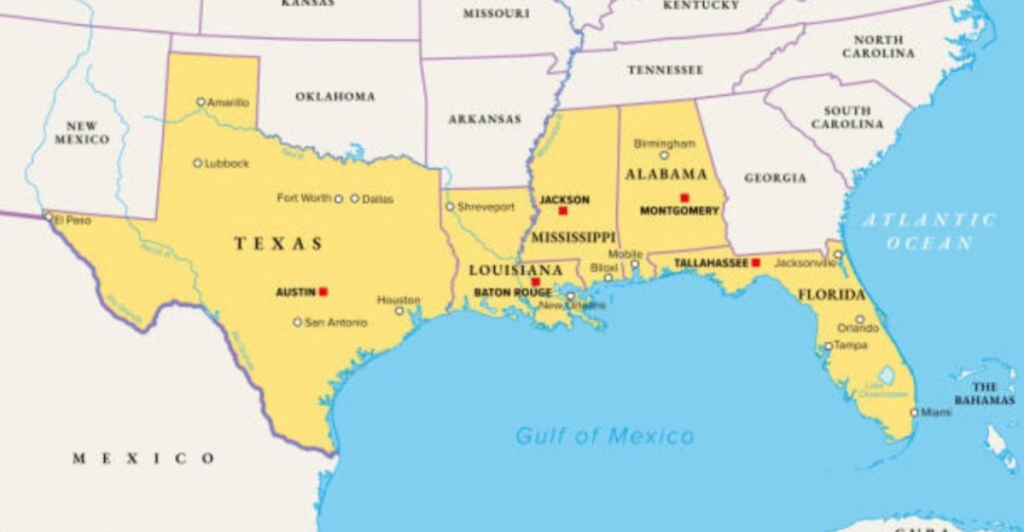
The identification of this new Osedax species marked the first discovery of such worms in the Gulf of Mexico. Previously, Osedax species had been documented in other oceanic regions, primarily associated with whale falls. The presence of these worms on the alligator carcass suggests a broader ecological role and adaptability than previously understood.
Various Tests
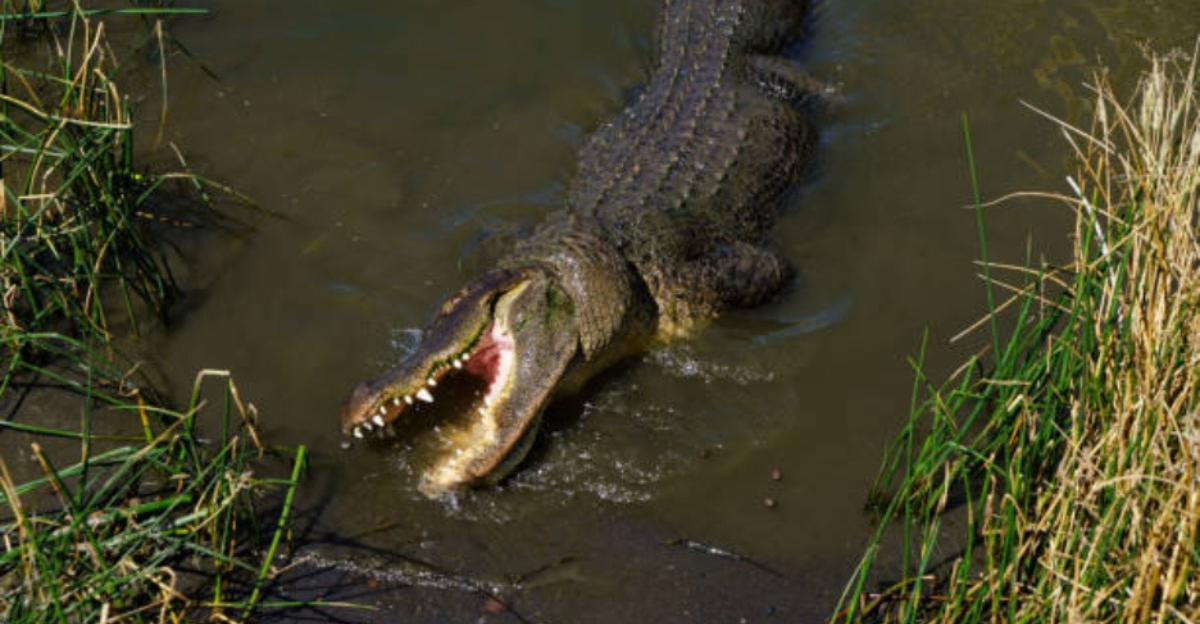
The third carcass presented an unexpected outcome. Upon revisiting its deployment site, researchers found it missing, with only the anchor and rope remaining. The prevailing hypothesis is that a large predator, possibly a shark or deep-diving whale, dragged the carcass away. This incident underscores the dynamic and sometimes unpredictable nature of deep-sea ecosystems.
Implications for Deep-Sea Ecology and Carbon Cycling
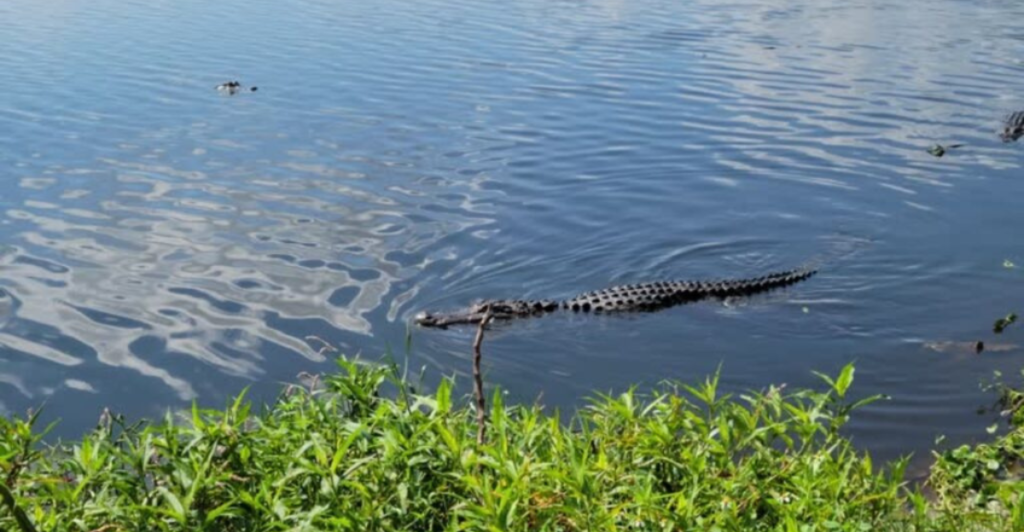
These observations provide valuable insights into the deep-sea carbon cycle. Large carcasses, whether from marine or terrestrial origins, represent significant nutrient inputs to the deep-sea environment. The rapid consumption by scavengers like giant isopods and the subsequent breakdown by decomposers such as Osedax worms facilitate the transfer of energy and nutrients through the deep-sea food web. Understanding these processes is crucial, as the deep sea plays a vital role in global carbon cycling. The decomposition of large carcasses contributes to the sequestration of carbon in deep-sea sediments, influencing atmospheric carbon levels and, by extension, climate regulation.
Broader Ecological Significance
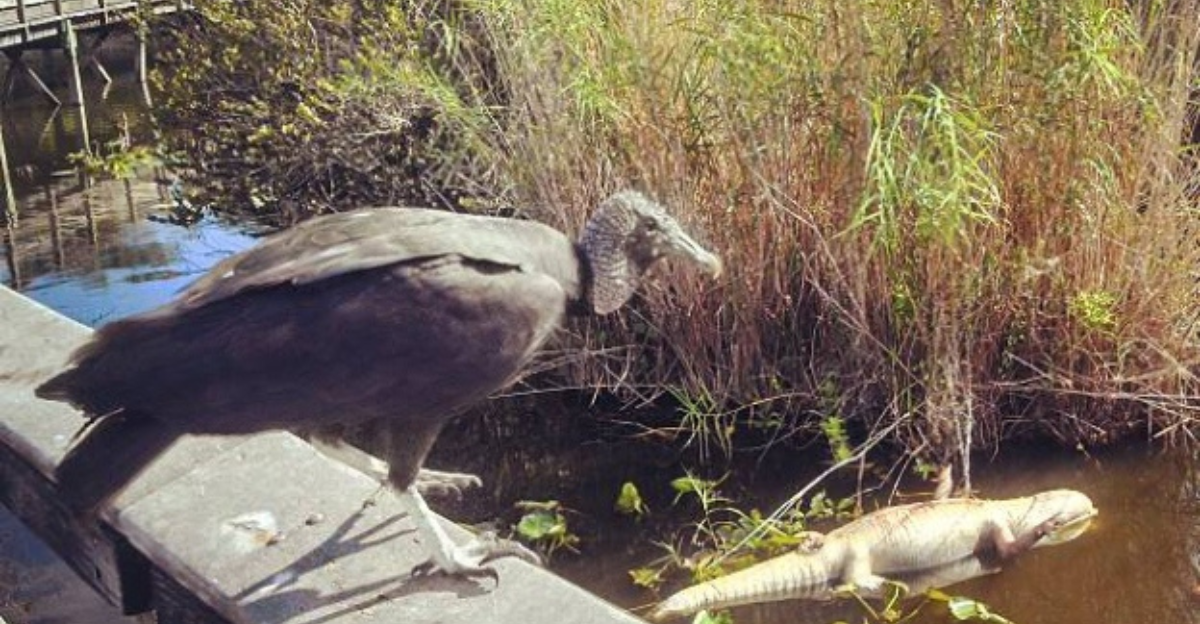
The experiment also highlights the deep sea’s reliance on food inputs from shallower waters and terrestrial environments. In the absence of sunlight, deep-sea organisms depend on organic material descending from above. Events like the sinking of large carcasses create localized “food oases,” supporting diverse communities of scavengers and decomposers. Moreover, the discovery of a new Osedax species expands our understanding of deep-sea biodiversity. Each new species found provides insights into evolutionary adaptations and ecological niches, enriching our comprehension of life in extreme environments.
Future Research Directions
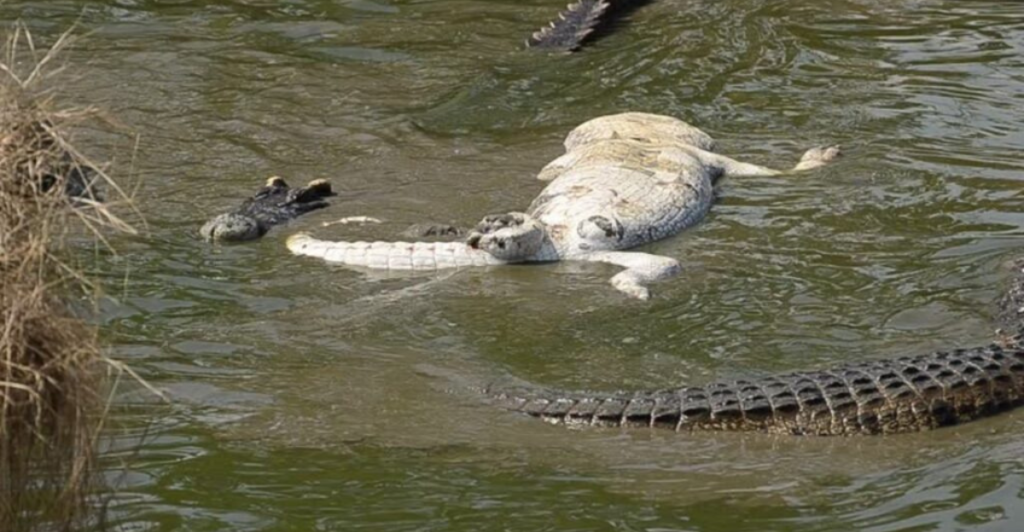
Building on these findings, researchers plan to explore further by deploying different types of carcasses and organic materials to assess the variability in scavenger and decomposer responses. Comparative studies could reveal how different ecosystems process organic matter and the specific roles various species play in these processes.
What Is The Osedax Significance?

Additionally, genetic analyses of the newly discovered Osedax species are underway to determine its relationship to other known species and to explore its unique adaptations to the Gulf of Mexico’s environment. Such studies could provide deeper insights into the evolutionary history and biogeography of these specialized worms.
Unveiling the Mysteries of the Deep
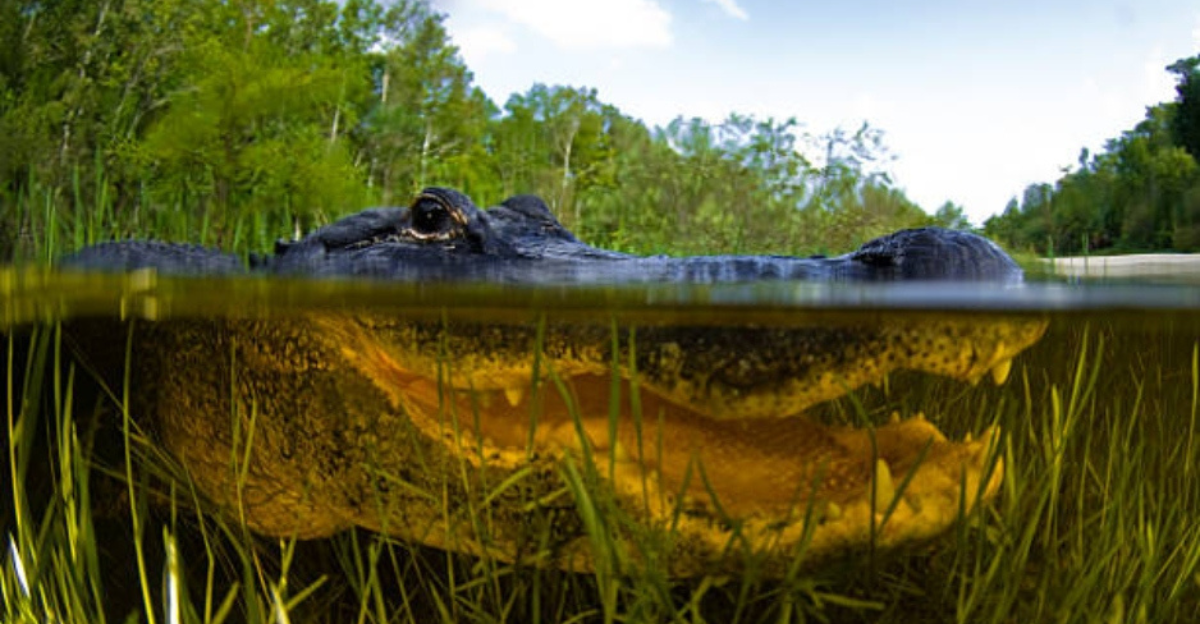
The deliberate placement of alligator carcasses in the Gulf of Mexico has illuminated the complex and efficient mechanisms of deep-sea ecosystems. From the swift action of giant isopods to the specialized feeding strategies of bone-eating worms, these findings underscore the adaptability and diversity of life in one of Earth’s most challenging habitats.
Feeding The Environment
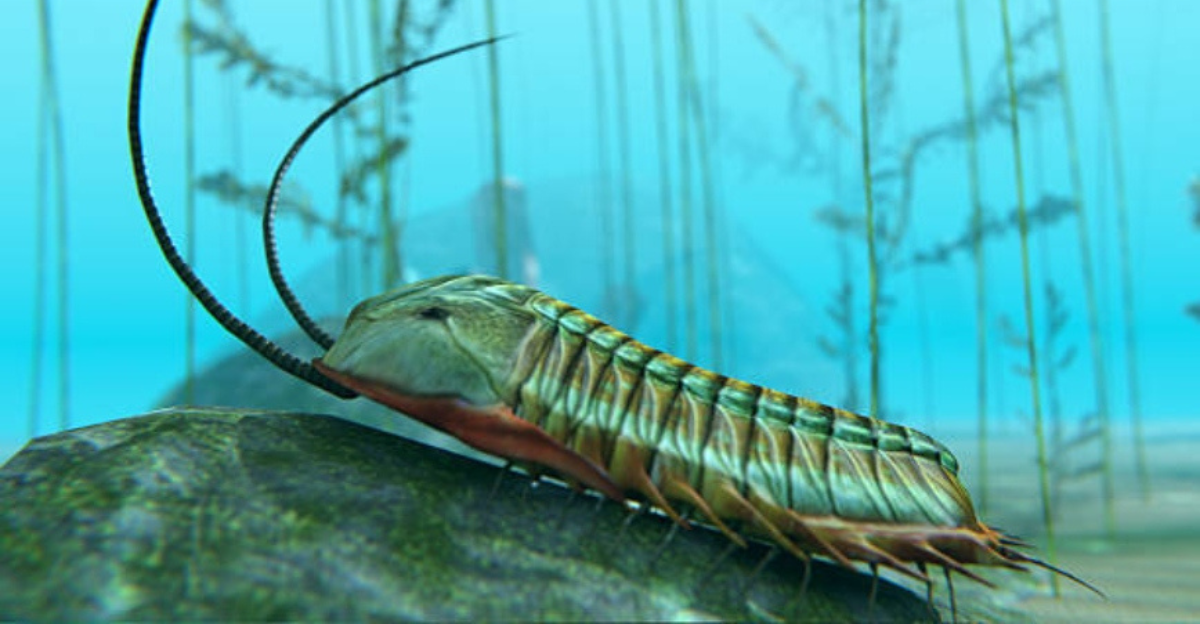
As research continues, each discovery contributes to a more comprehensive understanding of the deep sea’s role in global ecological and biogeochemical cycles. Such knowledge is essential for informing conservation efforts and predicting how these remote ecosystems may respond to environmental changes.
Discover more of our trending stories and follow us to keep them appearing in your feed

What Eats Snakes? These Predators Do
The Biggest Snakes in the United States – How Many Have You Seen?
Lake Shasta’s Remarkable Comeback From Drought Captured in Stunning Images
13 Most Dangerous Animals in America
References:
Reference 1
Reference 2
This article first appeared here
Stay connected with us for more stories like this! Follow us to get the latest updates or hit the Follow button at the top of this article, and let us know what you think by leaving your feedback below. We’d love to hear from you!



